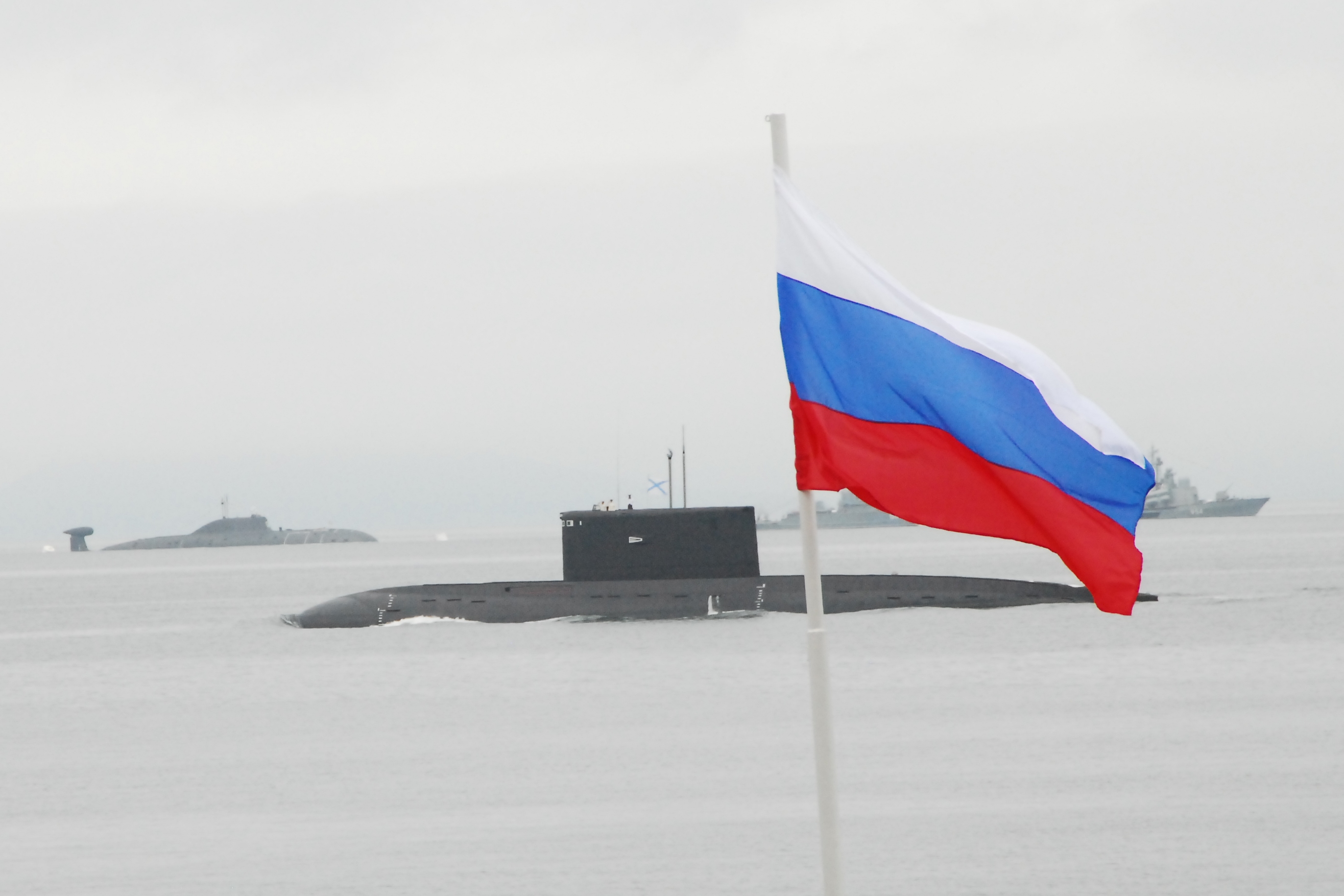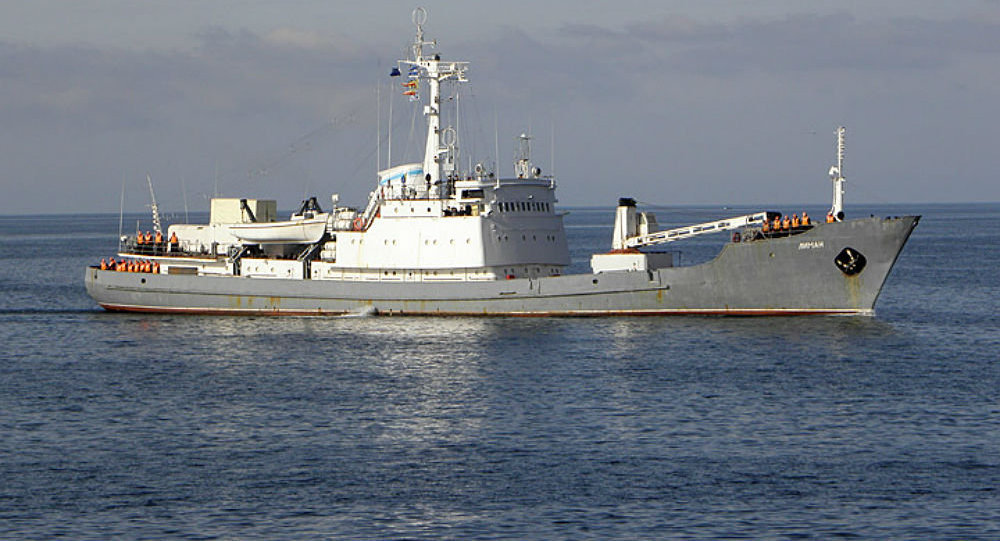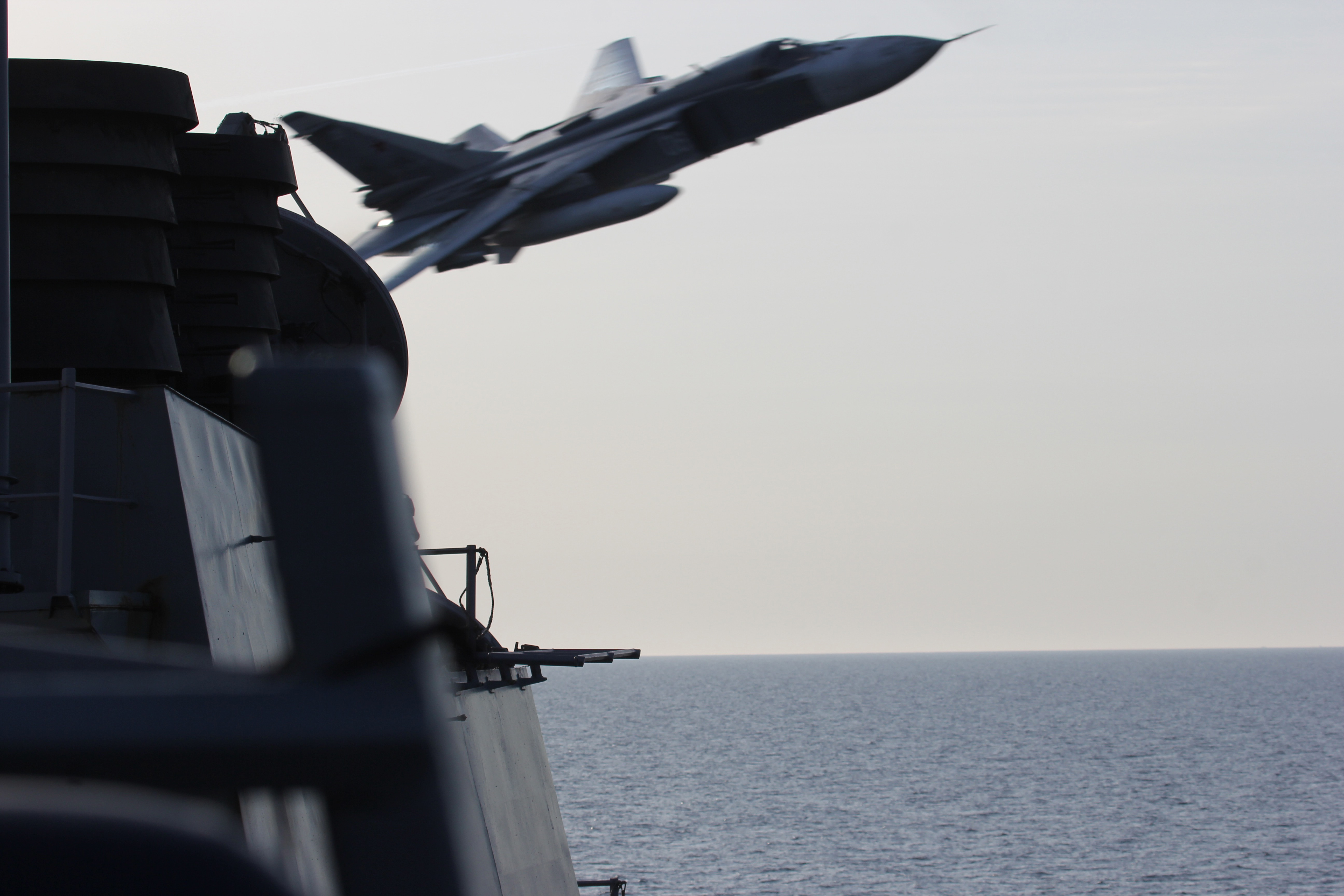
This post has been updated to clarify the deployment of Russian Navy Kilo-class attack submarineRostov-na-Donu.
The sinking of the Russian signals intelligence ship Liman after a collision with a Togo-flagged freighter bound for Jordan puts the spotlight back on a Russian Navy that is increasingly active in the maritime domain in and around Europe and a Black Sea region that continues to be tense in the wake of the 2014 Ukraine crisis when Russia annexed Crimea.
Liman sank roughly 20 miles northwest of the Bosporus Strait, and all of its crewmembers were brought to safety aboard a Turkish rescue vessel. Liman had recently returned from the Mediterranean, where it supported Russian operations in and around Syria, and in 2016 the ship had been sighted operating near NATO exercises in the Black Sea. In many ways, Liman’s various missions point to how Russia is using its sea power to extend its influence and keep NATO on edge in southern Europe.
Russia’s intervention in the Syrian civil war on behalf of the Bashar al-Assad regime may be best known for its use of Russian ground forces and air power, but it is an effort very much supported from the sea. Much of the supplies required by the Russian force in Syria are carried across the sea from the Russian Black Sea fleet’s port in Sevastopol in Crimea.
The shipments are so frequent that Turks living along the Bosporus have dubbed the Russian ship movements the “Syria Express” and pictures, taken by Turkish locals, of the Russian transits through the Bosporus frequently show up in social media. But Russia’s Black Sea fleet has been used for more than just ferrying supplies to Russia’s naval base Tartus in Syria.

The improved Kilo class submarine Rostov-na-Donu heade
The improved Kilo class submarine Rostov-na-Donu headed into the Mediterranean from the Black Sea in late November of 2015, and launched Kalibr cruise missiles against targets ashore in Syria on Dec. 7 the same year. The missile shots from the Kilo sub surprised many in the West, and was seen as yet another example of Russia’s growing naval capabilities.
And as the Russian aircraft carrier Admiral Kuznetsov from the Northern Fleet entered the eastern Mediterranean in late 2016 to support operations in Syria it was joined by additional escort ships from the Black Sea fleet.
There is strategic thought behind the increasing Russian naval activity in the Mediterranean. Along with assured access to the North Atlantic the revised Russian maritime doctrine, which was released in 2015, placed a special emphasis on a Russian naval presence in the Mediterranean as the sea there provides proximity to regions of interest to Russia. Russia has also sought to improve its access to maritime basing in the broader region.
The annexation of Crimea was to some degree driven by assuring control over the naval installation in Sevastopol, a basing area that before was on a leasing basis from the Ukrainian government. And that arrangement would have been threatened if Ukraine ever made real its ambitions to join NATO and the European Union. The Russian intervention in Syria has also allowed Moscow to improve and expand the infrastructure at the naval support facility in Tartus. Russia’s reach into the Mediterranean has been further extended by an agreement between Moscow and Cyprus from early 2015 that gives Russian warships access to the island’s ports for refueling and minor maintenance work.
Additional resources from the Russian state have underpinned the increasing activity of the Black Sea Fleet. Along with the Northern Fleet based on the Kola peninsula, the Black Sea fleet has been one of the big winners from Russia’s defense modernization program, while the Baltic Sea fleet has received comparatively little attention. The Black Sea fleet is expected to add a number of frigates to its rolls in the coming years, and has already received six improved Kilo-class submarines; all of which are capable of employing cruise missiles.

The Black Sea itself is also a zone of friction between an increasingly assertive Russia and a United States and NATO seeking to reassure its exposed allies Bulgaria, Romania, and Turkey. NATO has stepped up its naval exercise program in the region, while there are talks about deeper naval cooperation between the NATO allies in the region. The increased US naval presence in the Black Sea has proven especially irritating to Russia, which has responded with close and sometimes dangerous fly-bys of U.S. warships, including USS Donald Cook. This summer will see another round of considerable NATO exercises in the Black Sea region, including at sea.
The Liman incident appears to be an innocent accident, and it is not likely to lead to further tensions in a region already on the edge. However, it is all too easy to imagine a more serious incident between the Russian navy and a NATO ship in the Black Sea or the Mediterranean. Such an incident or a misunderstanding could quickly escalate into a crisis between Russia and the U.S. and its NATO allies. The Liman accident should serve as a reminder that the maritime domains around Europe are once again contested, and busy with a Russian navy with remarkable ambitions.





